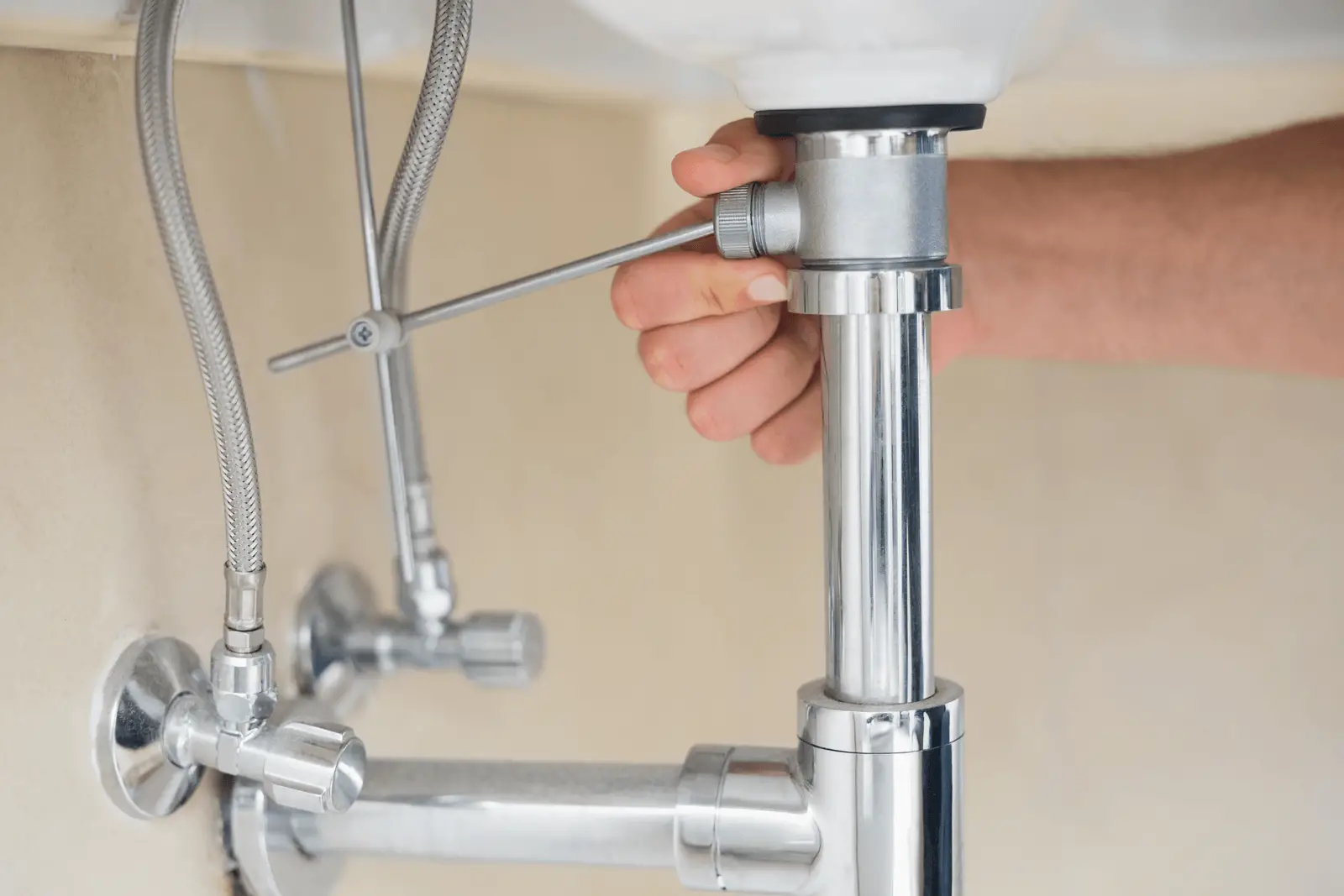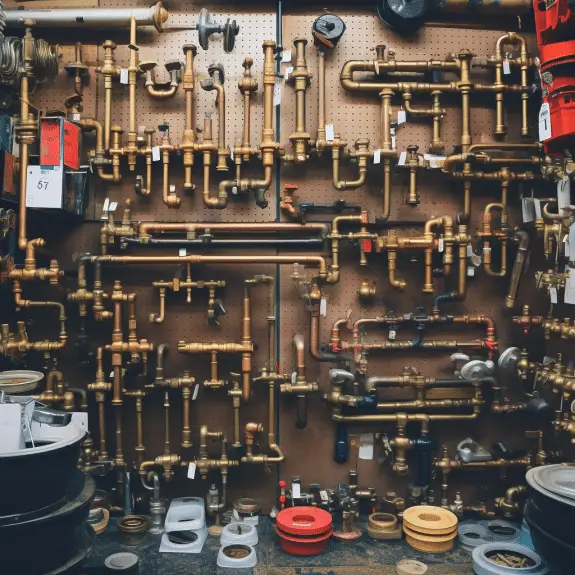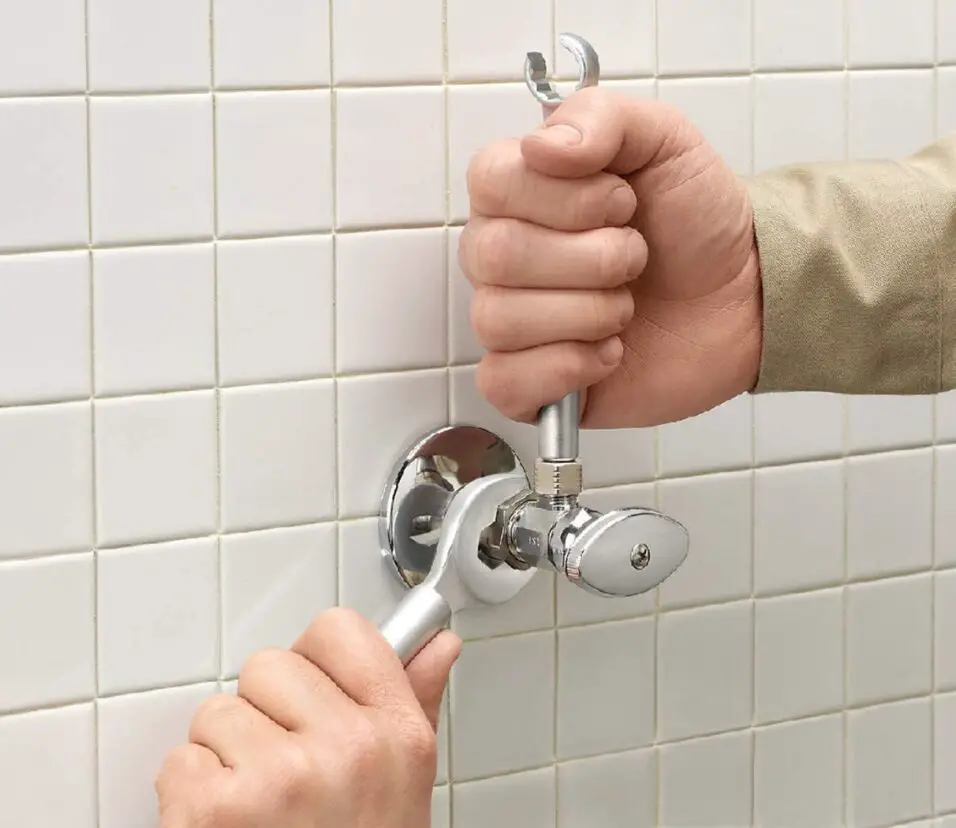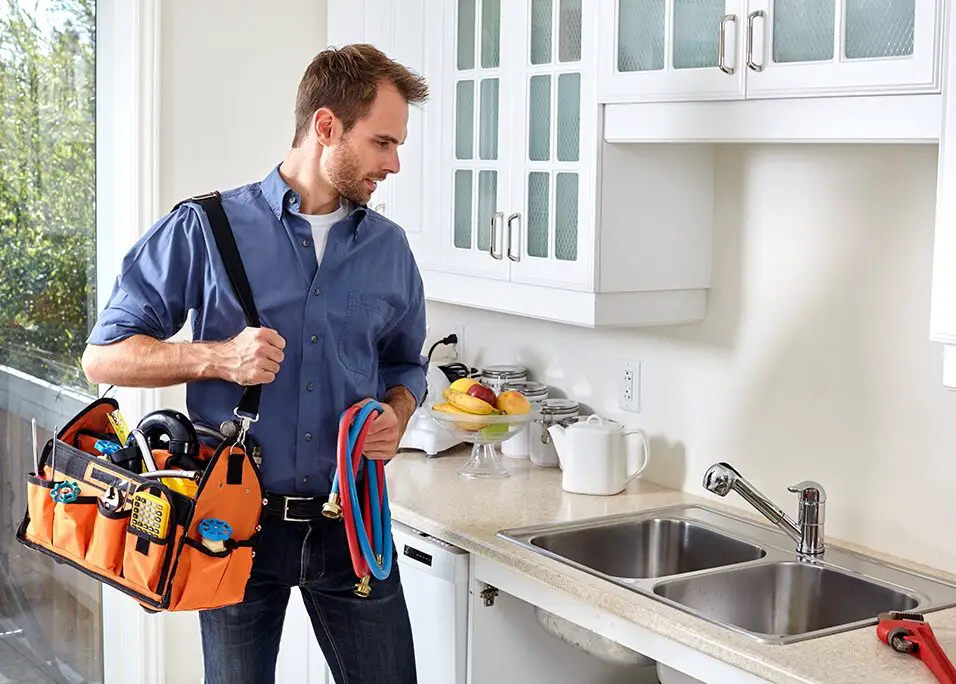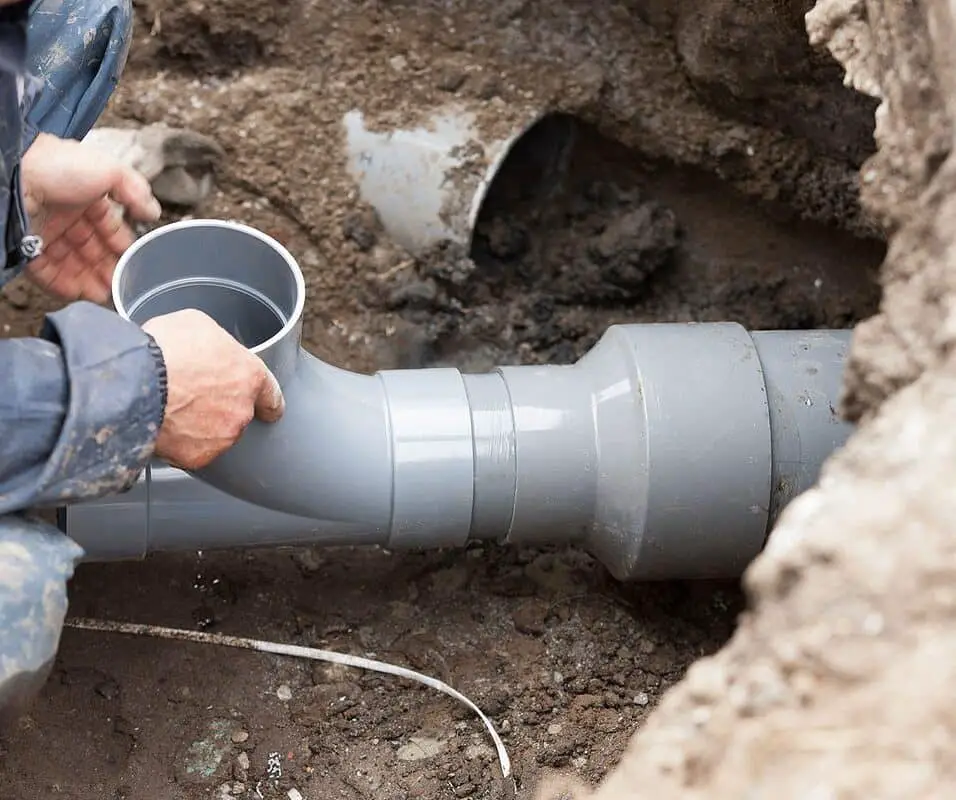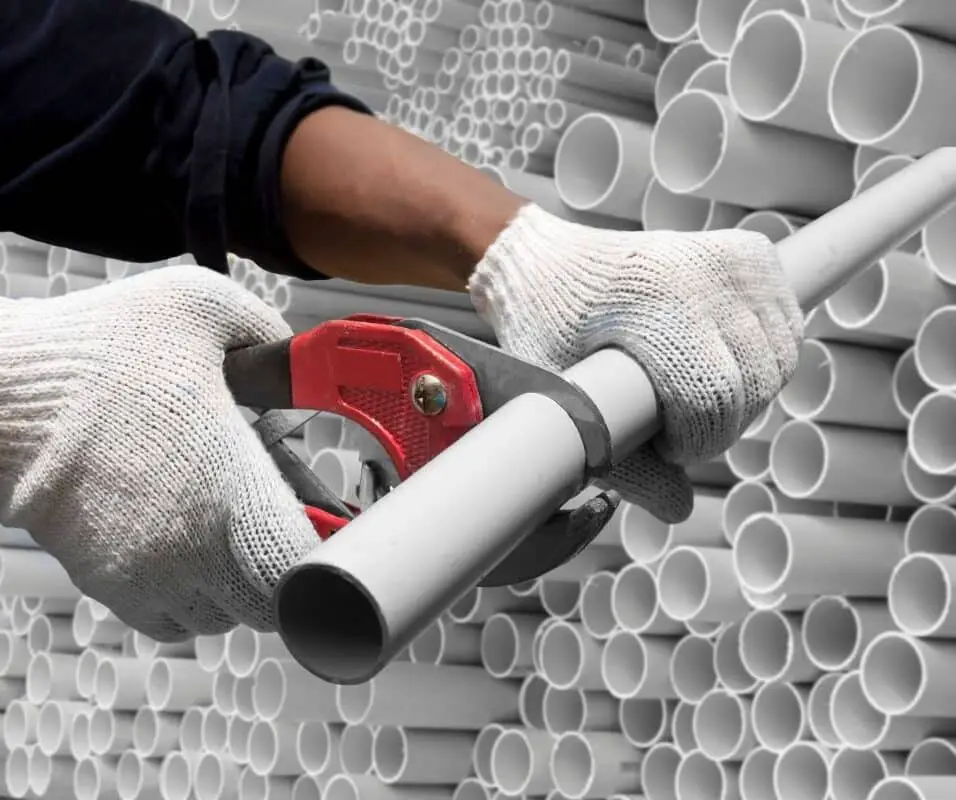How To Install A Bathroom Sink Plumbing
Introduction:
How To Install A Toilet Sink Plumbing: Putting in a bathroom sink water supply might seem like a difficult job. But it can be done by yourself if you follow the right steps and plan ahead. Whether you’re remodeling your bathroom or replacing an old sink. You need to know how to fix it correctly to make sure the job is done right. This guide will show you how to build a sink for a bathroom plumbing. System step by step, so you can feel confident in your work.
Before diving into the installation process. It is important to have a basic understanding of the components involved in a typical bathroom sink plumbing system. This system typically consists of a sink, faucet, drain assembly, water supply lines, and various connectors. Each component plays a crucial role in ensuring proper water flow, drainage, and overall functionality. By familiarizing yourself with these elements and their functions, you’ll be better equipped to follow the installation steps effectively.
Planning and getting ready ahead of time are very important for a smooth operation. This means getting all the tools and materials you need before you start the job. Also, check the plumbing lines that are already there to make.Sure they will work with the new counter and faucet you’ve chosen. Taking the time to plan and get ready will save you trouble and make sure the work goes smoothly. Let’s look at the step-by-step steps for installing a sink in the bathroom plumbing system. This will give your bathroom a new look and make the sink more useful.
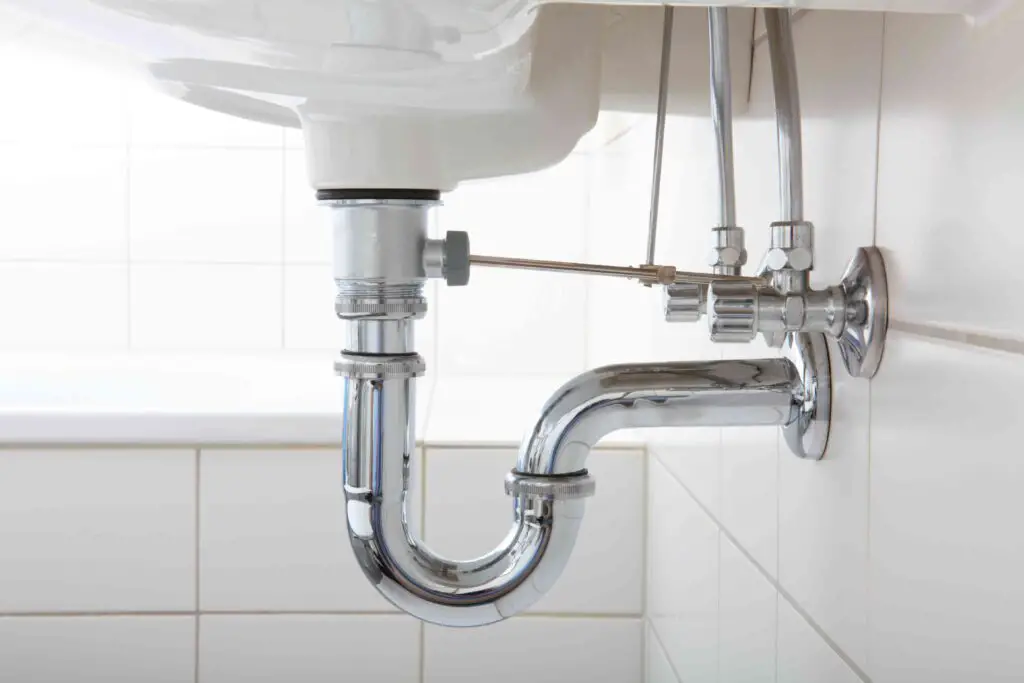
Can a plumber install a bathroom sink?
Believe it or not, the question of whether or not plumbers can install sinks appears in all over the place. So, we’re here to put an end to it with a definitive answer; yes, plumbers can install sinks. Plumbers not only install sinks; they do it correctly.
A plumber can put in a bathroom sink, that’s true. Plumbers are trained pros who specialize in setting up, fixing, and taking care of sinks and other plumbing equipment and systems. To put in a bathroom sink, you need to know how to connect plumbing, how to seal things properly, and what the local building rules are.
A plumber will usually start putting in a bathroom sink by getting the area ready and making sure all the plumbing lines are in the right place. This means calculating and drilling the right holes for the sink and the plumbing parts that go with it, like drain pipes and taps.
The plumber will then secure the sink in place, ensuring it is level and properly aligned with the plumbing connections. They will connect the water supply lines, attach the faucets, and install the drain assembly. Additionally, they will apply sealant or plumber’s putty to create a watertight seal between the sink and the countertop or vanity.
How does bathroom sink plumbing work?
The water that comes out from your tap visibly flows into the sink and goes down the drain which leads to the sink trap. This sink trap leads to the wastewater pipe (usually in the wall or floor) that then carries the water away.
Bathroom sink plumbing is an important part of the entire plumbing system because it makes sure that water flows properly and waste water drains away. Knowing how it works can help you figure out what’s wrong with your pipes and fix it.
There are usually several parts to the water supply under a bathroom sink. The lines that bring fresh water to the faucet are called water delivery lines. There are shut-off valves that connect these lines to the main water source. Usually, hot and cold water lines are marked with different colors to make them easy to find.
The sink drain system is designed to remove used water and waste from the sink. It consists of a curved pipe called a P-trap, which is connected to the sink drain and the main drainpipe. The P-trap holds water to prevent sewer gases from entering the bathroom. It also helps catch debris and prevents clogs from reaching the main drainpipe.
Why do bathroom sinks have 3 holes?
Depending on the design of your sink, it may have one, two or three holes, and they may appear between the faucet valves, facing toward you, or under the near rim, facing the mirror. They serve two functions: to prevent an overflow with the drain stopper engaged and to provide an escape route for air in the drain.
Most bathroom sinks have three holes so that they can fit different plumbing parts and tools. Each hole is meant to do a certain thing and make things easier and more useful in the bathroom.
The central hole in the sink is reserved for the faucet. This is where the water supply lines connect to the sink, allowing hot and cold water to flow through the spout. The faucet hole is strategically placed near the back of the sink to ensure proper alignment with the drain and prevent water from splashing outside the basin.
The other two holes on either side of the faucet hole are intended for additional fixtures. One hole is usually used for the drain stopper or a pop-up assembly, which allows you to block the sink and fill it with water. The third hole is commonly used for a soap dispenser or a separate accessory like a lotion dispenser or a sprayer. These accessories provide easy access to soap or other liquid products without cluttering the countertop.
Are all bathroom sink holes the same?
There are three common drain sizes for bathroom sinks, 1.25″, 1.5″ and 1 5/8 (1.625″). You need to select a drain that is the same size or SMALLER than the hole in your sink. For example, if you have a sink with a drain hole of 1.75″, than any of the drains 1.25″, 1.5″, or 1.65″ will work.
No, not all bathroom sink holes are the same. While they generally serve the purpose of allowing water to drain from the sink, there can be variations in their design and functionality.
The most common type of sink hole is a standard round or oval-shaped opening located at the center of the sink. This type of hole accommodates a standard pop-up drain assembly, which includes a stopper that can be raised or lowered to control the flow of water.
However, there are also other types of sink holes available. Some sinks may feature a rectangular or square-shaped hole, often found in modern or minimalist designs. These may require different types of drain assemblies that are specifically designed to fit the shape of the hole.
Some sinks may have multiple holes, such as those found in double-basin sinks or sinks with integrated soap dispensers or sprayers. These extra holes serve specific purposes and allow for additional accessories to be installed.
What is a bathroom sink flange?
A sink flange connects the sink drain to a section of pipe called a tailpiece to create a tight seal. It is made of metal and sits around the edge of the drain rather like a collar, and it usually has a grid-like section covering the drain that looks like a strainer.
A bathroom sink flange is a crucial component of a sink’s drainage system. It is typically located underneath the sink, where the drain opening meets the countertop surface. The flange serves as a connector between the sink drain and the plumbing pipes, ensuring a secure and leak-free connection.
The primary purpose of a bathroom sink flange is to create a watertight seal between the sink and the drain pipes. It is designed to prevent water from leaking out of the sink and causing damage to the surrounding areas. The flange consists of a circular metal or plastic ring that fits into the drain opening and is secured in place with screws or bolts.
The flange provides a mounting point for the sink drain assembly, including the drain stopper or pop-up mechanism. This allows for easy opening and closing of the sink drain, regulating the flow of water down the pipes.
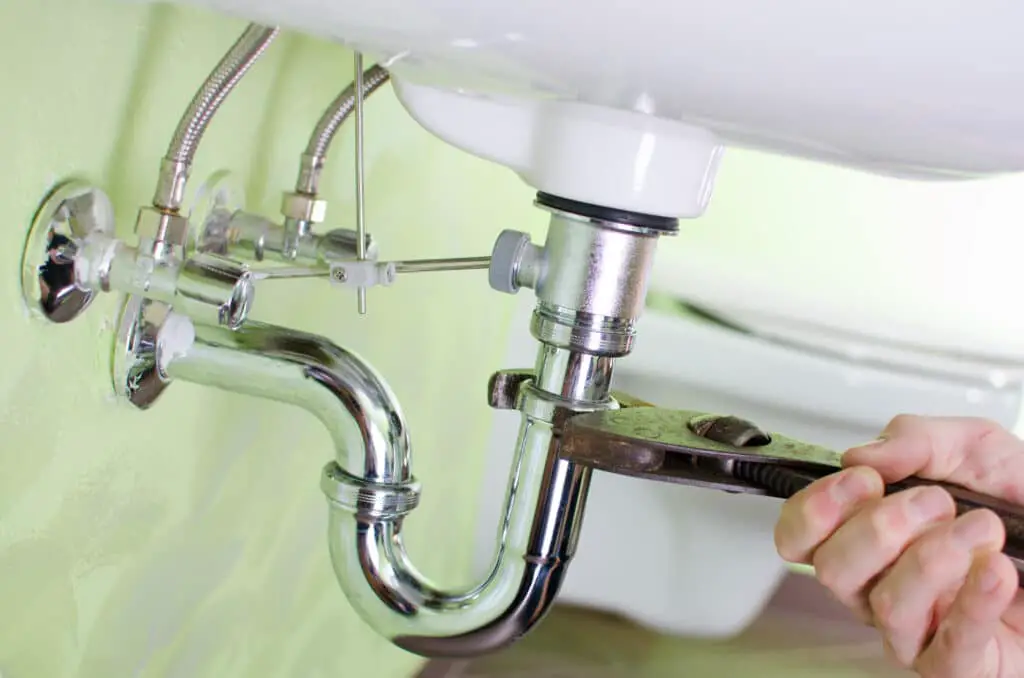
Does a bathroom need a sink?
In order to be considered a “full bathroom,” it must contain a sink, shower, bathtub, and toilet. Additionally, a full bathroom usually requires a minimum of 36 to 40 square feet. Without those components, you can’t officially call it a full bath.
Yes, a bathroom needs a sink for various practical and hygienic reasons. A sink is an essential fixture in a bathroom that serves multiple purposes and is considered a fundamental element of the space. Here are a few reasons why a bathroom requires a sink:
Handwashing
One of the primary functions of a bathroom sink is to provide a designated area for handwashing. Washing hands with soap and water is crucial for maintaining personal hygiene and preventing the spread of germs and bacteria.
Dental Hygiene
A sink in the bathroom allows individuals to conveniently brush their teeth, rinse their mouths, and perform other oral hygiene tasks. It provides a dedicated space for maintaining dental health.
Facial Care
Many people use the bathroom sink for facial care routines such as washing their face, applying skincare products, and removing makeup. Having a sink in the bathroom makes these activities easier and more convenient.
Water Supply
A bathroom sink is connected to the water supply system, allowing individuals to access clean water for various purposes. It is especially important for tasks like rinsing hands, brushing teeth, or filling a glass with water.
Aesthetics and Design
Besides its functional significance, a sink also contributes to the overall aesthetics and design of the bathroom. It can be a centerpiece or complement the style and theme of the space. Considering the hygiene, convenience, and design aspects, it is clear that a sink is an indispensable element of a bathroom.
What size is the hole in a bathroom sink?
Bathroom Sink Drain Buying Guide | Signature Hardware
A standard sink hole is 1-½” in diameter and will accommodate most lavatory drains. This information is listed with drain products. Drains can be purchased with or without overflow openings.
The size of the hole in a bathroom sink typically depends on the specific design and style of the sink. However, there are some standard measurements that are commonly used in the industry. The most common size for the hole in a bathroom sink is 1 ¼ inches in diameter.
This size is often used for the drain hole in a sink where the water drains out. It is compatible with most standard drain assemblies and allows for efficient water flow. The size ensures that the sink can accommodate a standard pop-up drain or a drain stopper.
In addition to the drain hole, bathroom sinks may also have additional holes for faucets and other fixtures. These holes can vary in size depending on the specific design of the sink and the type of fixtures being installed. Common sizes for faucet holes range from 1 3/8 inches to 1 ½ inches in diameter.
Do you need 2 sinks in a bathroom?
There’s a common assumption that primary bathrooms must have a double vanity. While it’s true that most homeowners do choose to include two sinks or a double vanity in their bathroom remodel, there are times when one sink is actually preferred and has a few great benefits as well.
Whether you need two sinks in a bathroom largely depends on your specific needs and circumstances. While having two sinks can offer certain advantages, it is not always a necessity.
Having two sinks can be particularly beneficial in shared bathrooms, such as master bathrooms or family bathrooms, where multiple individuals may need to use the space simultaneously. This arrangement can help reduce congestion and promote a more efficient morning routine. It can also be useful in households with children, as it allows multiple individuals to brush their teeth or wash their hands at the same time.
Two sinks can enhance the overall aesthetics and functionality of a bathroom. They provide symmetry and balance to the design, especially in larger bathrooms. Two sinks also offer extra counter space and storage options, allowing each person to have their own designated area.
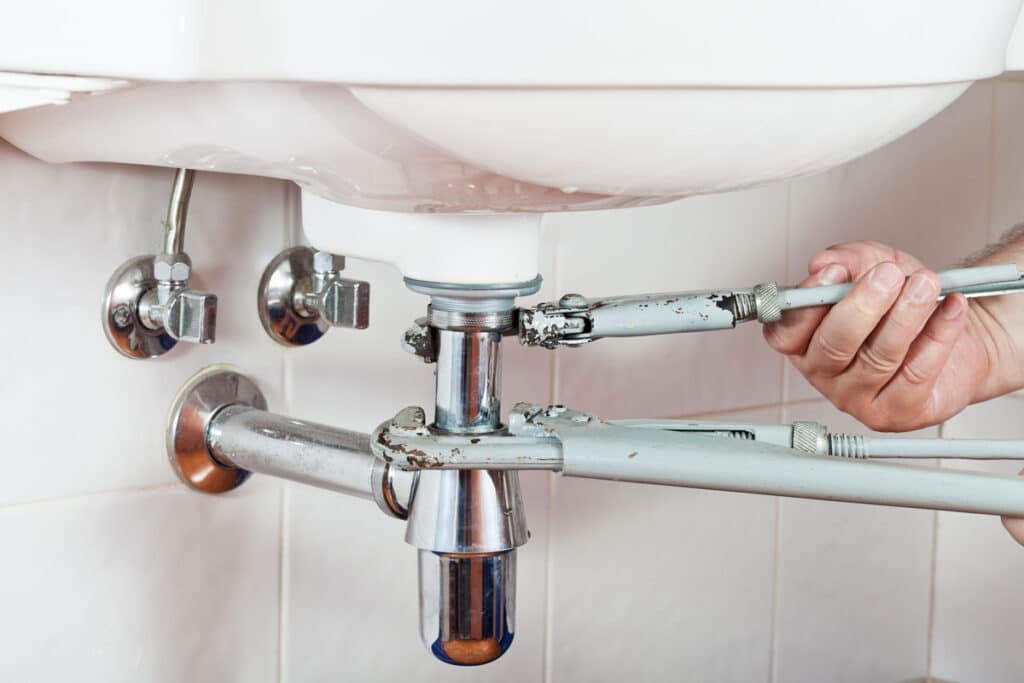
Conclusion
Installing a bathroom sink plumbing system is a manageable task that can be accomplished with the right tools, materials, and a systematic approach. By following the step-by-step instructions outlined in this guide, you can successfully complete the installation process and have a functional and leak-free bathroom sink.
It is crucial to gather all the necessary materials and tools before starting the installation. This includes the sink, faucet, drain assembly, water supply lines, plumber’s tape, and a wrench. Taking the time to familiarize yourself with the components and their respective functions will ensure a smoother installation process.
Next, carefully follow the steps outlined in this guide, which typically involve attaching the faucet and drain assembly to the sink, connecting the water supply lines, and securing the sink to the countertop or vanity. It is essential to double-check all connections for leaks and make any necessary adjustments or repairs before finalizing the installation.
Lastly, maintaining your bathroom sink plumbing system is essential for its longevity and efficient operation. Regularly check for any signs of leaks, drips, or loose connections. If you encounter any issues, promptly address them to prevent further damage. Additionally, familiarize yourself with the shut-off valves and know how to turn off the water supply in case of emergencies.



